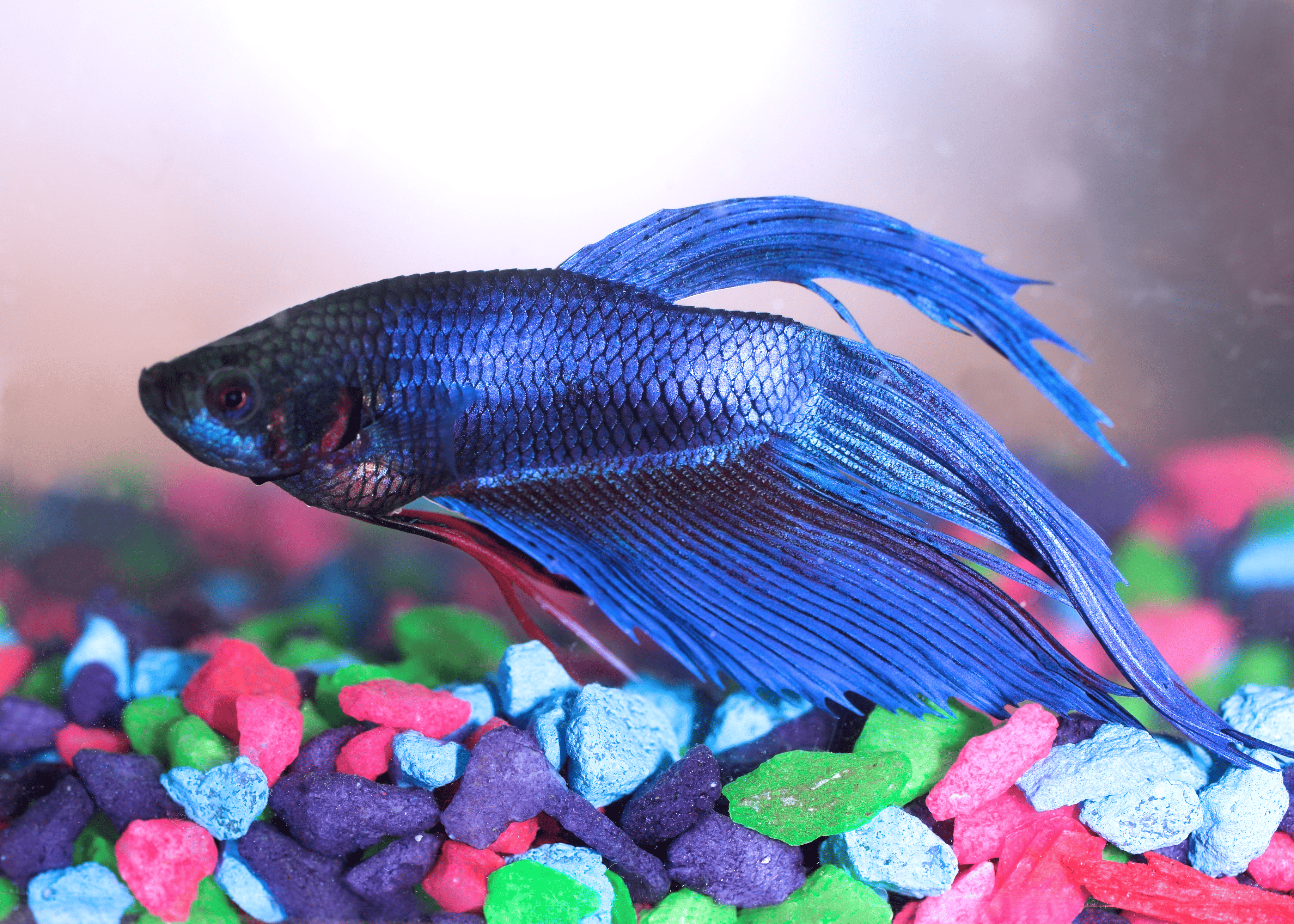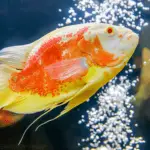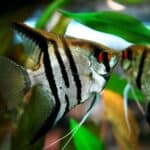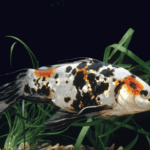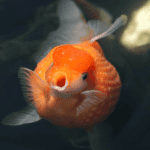Introduction
Blue Betta Fish, an exotic species well-known for its radiant blue hues and ornamental tail fins, is a popular choice for aquarists around the world. This article serves as a comprehensive guide, delving into the captivating world of Blue Betta Fish, from its natural habitat to crucial care instructions.
Understanding Blue Betta Fish
Blue Betta Fish, scientifically known as Betta splendens, are primarily freshwater dwellers native to the warm, tropical climates of Thailand, Cambodia, and Vietnam. They’re frequently recognized by their elaborate fin shapes and distinct, dazzling blue coloration, varying from light pastels to deep, saturated tones.
Ideal Habitat and Tank Setup
Betta fish prefer a calm and peaceful environment. A well-structured tank with a water temperature between 78 to 80 degrees Fahrenheit (25 to 26.5 degrees Celsius) is crucial.
| Parameters | Ideal Range |
|---|---|
| Water Temperature | 78-80°F |
| pH level | 6.5-7.5 |
| Tank Size | 5 gallons minimum |
An aquarium with ample hiding spots, using live plants and caves, ensures the Betta’s comfort. They are labyrinth breathers, so providing access to the surface for air is essential.
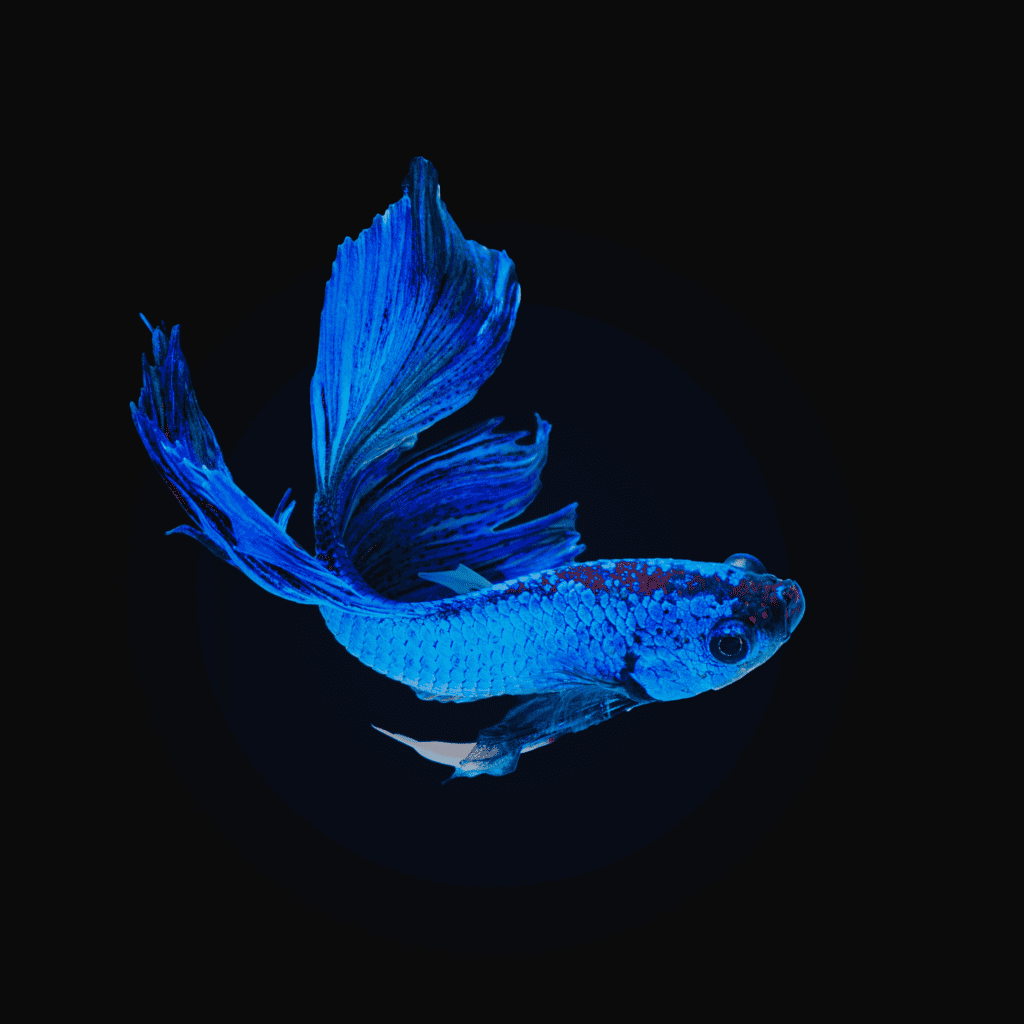
Diet and Nutrition
Betta Fish are carnivorous by nature, feeding primarily on insects and larvae in the wild.
Their dietary needs can be satisfied by the following:
- High-quality Betta specific pellets
- Freeze-dried and frozen foods such as brine shrimp, bloodworms, and daphnia
Regularly changing the dietary menu keeps the Betta happy and healthy.
Health and Common Diseases
Betta Fish are relatively hardy, but they’re not immune to illness. Regular observation is crucial to detect early signs of common diseases like:
- Ich: Characterized by white spots on the fish’s body
- Fin Rot: Deterioration of fins
- Dropsy: Notable by a bloated abdomen
Frequent water changes and maintaining optimal tank conditions can significantly reduce the risk of these diseases.
Breeding Blue Betta Fish
Bettas have a unique breeding style called “bubble nesting.” Males create a nest of bubbles on the water’s surface where the female will deposit her eggs. Breeding requires careful preparation, including separating the male and female after egg laying to prevent aggressive behavior.
Compatibility with Other Fish
When considering companions for your Blue Betta, it’s crucial to note that these fish can be territorial. They do best in solitary setups, but some carefully selected fish may coexist with them. Generally, docile, non-finely finned species are ideal, but always observe your Betta’s response to new tank mates. Avoiding overly aggressive or fin-nipping species is paramount.
Lifespan and Growth
Blue Betta Fish typically live for 2-3 years in captivity, but with excellent care, they can live up to 5 years. They reach their full size, about 2.5 to 3 inches in length, by their first year. Age can reflect in their colors, with older Bettas sometimes appearing less vibrant than their younger counterparts.
Blue Betta Fish Varieties
There’s an impressive diversity in Blue Betta Fish in terms of fin shapes and shades of blue. Some popular varieties include:
- Veil Tail: Characterized by long, downward arching tail
- Crown Tail: Notable for the spiky appearance of the tail and fins
- Halfmoon: Fins and tail create a half-moon shape when fully spread
Each of these varieties brings a unique aesthetic to your aquarium, giving you a host of options to choose from.
Social Behavior and Interaction
Bettas are known for their feisty and territorial demeanor. Male Bettas, especially, can display aggressive behavior towards other males, hence the nickname “Siamese Fighting Fish.” However, with their owners, they often display a surprising level of interaction. Many Betta owners have reported their fish recognizing them and responding to their presence.
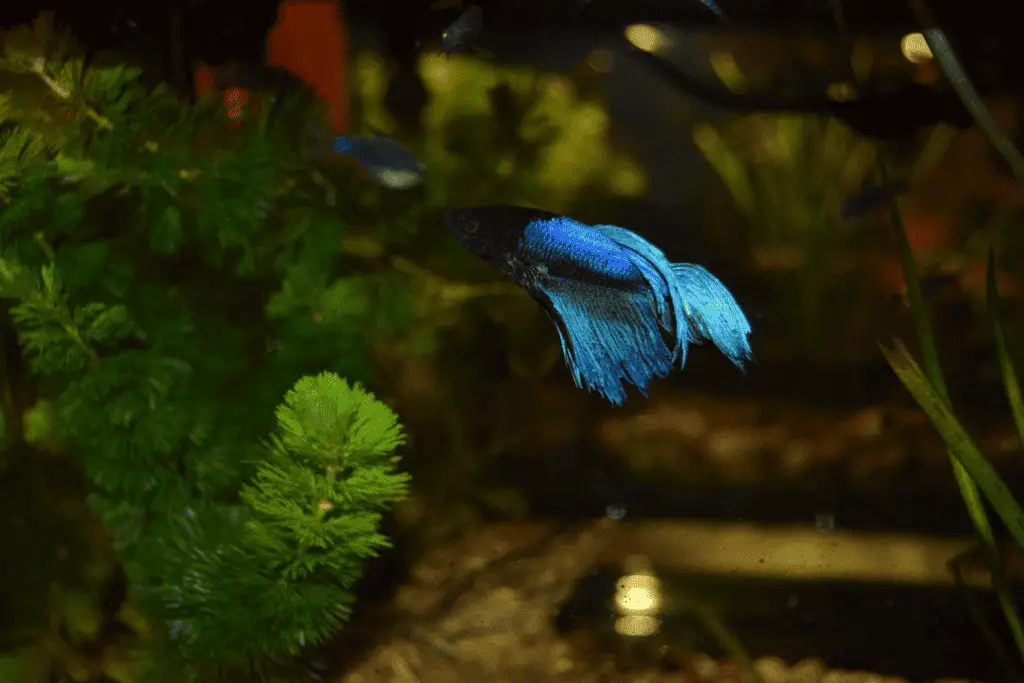
Maintenance and Tank Cleaning
Clean, stable water conditions are essential for a Betta’s wellbeing. It’s recommended to conduct a 25% water change weekly in smaller tanks, or biweekly in larger setups. Always dechlorinate new water before introducing it to the tank. Regularly clean the substrate and decorations, as well as monitor equipment such as heaters and filters, to ensure they’re functioning correctly.
Understanding Betta Fish Body Language
Interpreting Betta Fish body language can help gauge their health and happiness. Vibrant colors and active exploration of the tank typically signify a healthy Betta. Conversely, dull coloration, lethargy, or hiding could be signs of stress or illness. The flaring of gills, often seen when they encounter a mirror or another Betta, is a display of aggression or territoriality. Understanding these behaviors helps in forming a stronger bond with your Blue Betta Fish.
Behavior and Temperament of Blue Betta Fish
Blue Betta Fish are known for their aggressive temperament, especially towards fish of similar shape and size. This earned them the moniker “Siamese Fighting Fish.” They’re active during the day and exhibit a unique characteristic as a labyrinth fish, meaning they can gulp air from the surface, which allows them to survive in low-oxygen water conditions.
Advanced Care Tips for Blue Betta Fish
To ensure optimal care for your Blue Betta Fish, consider introducing a varied diet that mimics their natural feeding habits, like including live or frozen insects occasionally. Providing environmental enrichment, such as interactive toys or new plants, can keep your Betta mentally stimulated. Regular water tests to check pH levels, ammonia, nitrite, and nitrate levels can also help maintain ideal water conditions. Furthermore, exposure to natural or artificial light can enhance the Betta’s vibrant colors, but remember to also provide periods of darkness to mimic a natural day-night cycle.
Show Bettas: Competing with Blue Bettas
If you’re considering entering your Blue Betta Fish into a show, it’s crucial to understand what judges typically look for. Criteria often include color vibrancy, fin symmetry, size, and overall health. A show-quality Betta should display a lively demeanor and strong swimming capability. Preparation for shows involves keeping the Betta in pristine conditions, providing a balanced diet, and ensuring regular exercise by encouraging them to flare and swim. When transporting for shows, Bettas should be kept in a dark, stable environment to reduce stress.
Interesting Facts about Blue Betta Fish
Betta Fish have a fascinating history. They were first kept in Asia, not for their stunning hues, but for their fighting nature. These fish were even used in organized fighting matches, much like rooster fights. Today, of course, they are prized for their vibrant colors and unique fin shapes. Interestingly, each Betta Fish also has a unique personality. Some may be more aggressive, while others more peaceful. Some Bettas may interact with their owners by responding to their presence or even following a finger moved along the glass of their tank. These intriguing traits make Blue Betta Fish a captivating addition to any home aquarium.
Conclusion
The Blue Betta Fish is truly a mesmerizing addition to any aquarium, with its vibrant hues and unique behavior. By providing them with an ideal habitat, a nutritious diet, and prompt disease detection, these dazzling creatures can thrive in captivity. Their care might demand a bit more attention than other fish, but their exquisite beauty and fascinating characteristics make the effort well worth it. Embrace the challenge, and you’ll find great joy in caring for a Blue Betta Fish.
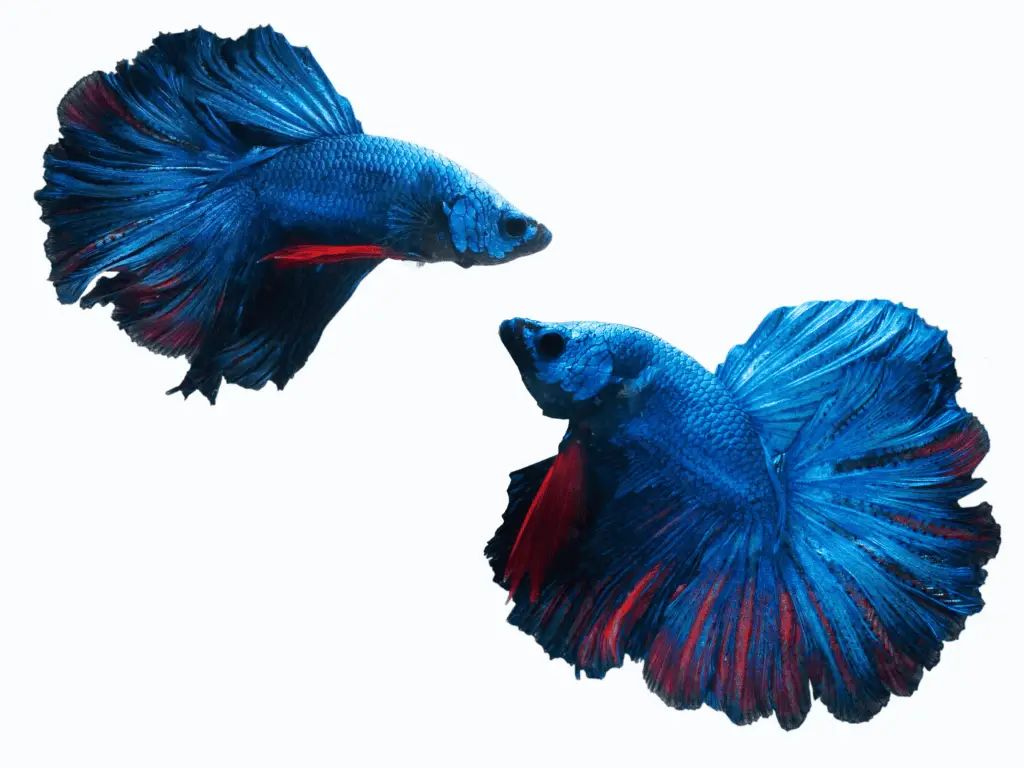
Frequently Asked Questions
What is the ideal tank size for a Blue Betta Fish?
While Bettas can survive in smaller volumes, a 5-gallon tank or larger is ideal to ensure their wellbeing and allow for proper swimming space.
Can Blue Betta Fish live with other fish?
Bettas can be territorial and aggressive, especially towards similar-looking fish. However, they can coexist with peaceful, non-finely finned species. Careful observation is essential when introducing new tank mates.
How often should I feed my Blue Betta Fish?
Feeding once or twice a day, providing only as much as your Betta can consume in a few minutes, is typically sufficient. Overfeeding can lead to health issues.
How often should I clean my Betta Fish tank?
For smaller tanks, a 25% water change every week is recommended. For larger tanks, you can perform the water change biweekly. Regular cleaning of the substrate and decorations is also necessary to maintain healthy conditions.
What are common diseases in Blue Betta Fish?
Common diseases include Ich, marked by white spots on the body; Fin Rot, causing fin deterioration; and Dropsy, characterized by a bloated abdomen. Regular observation helps in early detection and treatment.
How can I tell if my Blue Betta Fish is healthy?
A healthy Betta displays vibrant colors, actively explores the tank, and has a good appetite. Signs of stress or illness include dull coloration, lethargy, loss of appetite, or unusual behavior.
Can I breed my Blue Betta Fish at home?
Yes, with proper preparations, Betta Fish can be bred at home. However, their unique bubble nesting breeding style and potential aggression post-spawning requires careful handling and separate tanks for the male and female post breeding.
Do Blue Betta Fish recognize their owners?
While it’s difficult to measure fish recognition precisely, many Betta owners report that their fish respond to their presence, suggesting a level of recognition.
What is the ideal water temperature for a Blue Betta Fish?
Blue Betta Fish prefer warmer water, with an ideal temperature range of 78-80°F (25-26.5°C).
What is the lifespan of a Blue Betta Fish?
Blue Betta Fish typically live for 2-3 years in captivity, but with excellent care, they can live up to 5 years.
How can I tell if my Blue Betta Fish is stressed?
Signs of stress in a Betta Fish include erratic swimming, loss of appetite, color fading, fin clamping, and consistent hiding.
What should I feed my Blue Betta Fish?
Blue Betta Fish are carnivorous, and their diet can include high-quality Betta-specific pellets and freeze-dried or frozen foods like brine shrimp, bloodworms, and daphnia.
What are the different types of Blue Betta Fish?
Blue Betta Fish come in a variety of fin shapes and shades of blue. Popular varieties include Veil Tail, Crown Tail, and Halfmoon Bettas.
How do Blue Betta Fish breed?
Blue Betta Fish have a unique breeding style where the male creates a bubble nest on the water’s surface. The female deposits her eggs into this nest. After breeding, the male and female should be separated to prevent aggressive behavior.
